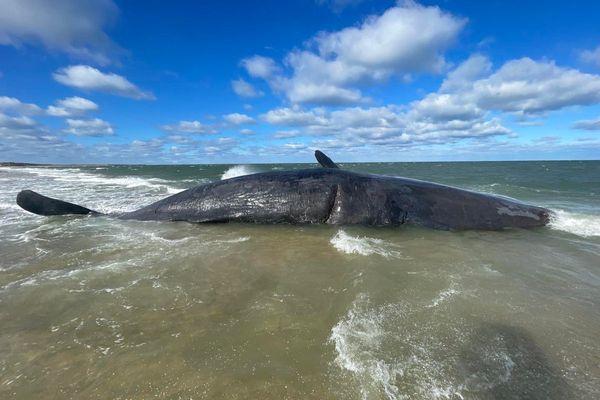It might be 41 light years away, but NASA's James Webb Space Telescope (JWST) has discovered a exoplanet that is 99 per cent of Earth's diameter, further opening the door for the discovery of a planet like our own.
Christened LHS 475 b by the space agency, the exoplanet — any planet that exists outside our solar system — was detected by JWST's Near-Infrared Spectrograph (NIRSpec), which captured it easily, and clearly, with only two transit observations.
"These first observational results from an Earth-size, rocky planet open the door to many future possibilities for studying rocky planet atmospheres with Webb," NASA's Astrophysics Division director, Mark Clampin, said from the agency's Washington headquarters.
"Webb is bringing us closer and closer to a new understanding of Earth-like worlds outside our solar system, and the mission is only just getting started," he explained.
Not only was the Webb telescope able to identify LHS 475 b in the Octans constellation, but it was also able to detect a range of molecules that will help determine what the exoplanet's atmosphere might be.
Although the team cannot conclude what is present in the exoplanet's atmosphere, it can definitely say what is not present.
"There are some terrestrial-type atmospheres that we can rule out," explained research team lead Jacob Lustig-Yaeger.
"It can't have a thick, methane-dominated atmosphere, similar to that of Saturn's moon, Titan."
Unfortunately, even if humans were able to make the massive journey to LHS 475 b, they would find the exoplanet uninhabitable.
Webb findings of the exoplanet show it is a few hundred degrees warmer than Earth.
However, the exoplanet might resemble other planets in our solar system.
For example, if further analysis reveals clouds in its atmosphere, it will confirm that LHS 475 b could resemble Venus, which has a carbon dioxide atmosphere and is perpetually shrouded in thick clouds.
"We're at the forefront of studying small, rocky exoplanets," Dr Lustig-Yaeger said.
"We have barely begun scratching the surface of what their atmospheres might be like."
Researchers confirmed that a year on the exoplanet only lasts two days, information that was almost instantaneously revealed by Webb's precise light curve.
The researchers' findings have opened the possibilities of pinpointing Earth-sized planets orbiting smaller red dwarf stars.
"With this telescope, rocky exoplanets are the new frontier," Dr Lustig-Yaeger said.







